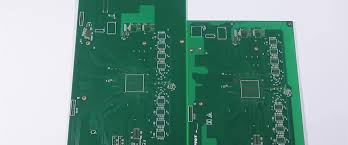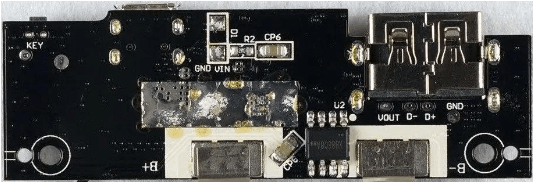Global FR4 Suppliers for High-Performance Circuit Boards
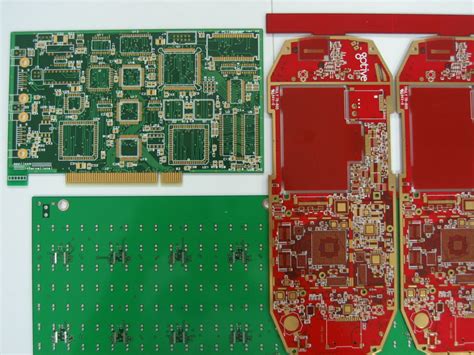
Key Takeaways
When sourcing FR4 materials for high-performance circuit boards, understanding core selection criteria ensures optimal performance and PCB manufacturing cost efficiency. Start by evaluating suppliers based on their layer capacity—whether you need single-layer prototypes or complex 16-layer designs. Reputable PCB manufacturing companies prioritize certifications like UL 94 V-0 (flame-retardant compliance) and IPC-4101 (material quality), which directly impact product reliability.
Consider how FR4 properties—such as dielectric strength (≥20 kV/mm) and thermal resistance (Tg ≥130°C)—align with your application’s demands. For instance, industrial automation systems require higher thermal stability than consumer electronics. Use the table below to compare FR4 with alternatives like Rogers 4350B or polyimide:
| Substrate | Dielectric Constant (1 GHz) | Cost per sq. ft. | Best Use Case |
|---|---|---|---|
| FR4 | 4.5 | $12–$18 | General-purpose PCBs |
| Rogers 4350B | 3.5 | $45–$60 | High-frequency RF boards |
| Polyimide | 3.2 | $35–$50 | Flexible circuits |
To streamline your PCB manufacturing business, partner with suppliers offering custom FR4 solutions, such as controlled impedance or hybrid multilayer designs. Global sourcing platforms simplify vendor comparisons, letting you balance technical specs, lead times, and bulk pricing. Always verify supplier adherence to ISO 9001 and RoHS standards to mitigate compliance risks.
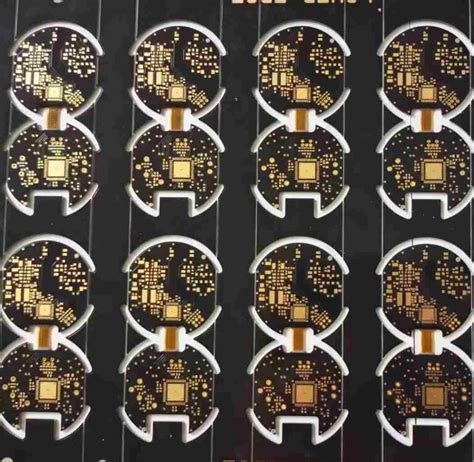
FR4 Material Properties and Industry Applications
When selecting materials for PCB manufacturing, understanding FR4’s core characteristics ensures optimal performance. FR4—a flame-retardant epoxy laminate—offers excellent thermal resistance (typically up to 130°C), mechanical stability, and dielectric strength, making it ideal for multilayer boards in demanding environments. Its flame-retardant properties (UL94 V-0 rated) align with safety standards critical for aerospace, automotive, and industrial electronics.
For PCB manufacturing companies, balancing PCB manufacturing cost with material quality is key. FR4’s affordability compared to high-frequency alternatives makes it a go-to choice for consumer electronics and power supply boards. However, its moisture absorption (≤0.1%) and glass transition temperature (Tg) variations require careful specification—higher Tg grades (170°C+) suit high-density designs prone to thermal stress.
Tip: When sourcing FR4, verify its copper peel strength and CTE (coefficient of thermal expansion) to avoid delamination in temperature-cycling applications.
In the PCB manufacturing business, FR4’s versatility supports applications from single-layer prototypes to 16+ layer enterprise systems. Its compatibility with automated assembly processes streamlines production, while standardized thicknesses (0.2–3.2mm) simplify inventory management. Whether you’re designing IoT devices or industrial control systems, FR4’s balance of performance, compliance, and cost-efficiency ensures reliability across industries.
Selecting FR4 Suppliers by Layer Capacity
When sourcing FR4 materials for high-density circuit boards, layer capacity becomes a critical filter. PCB manufacturing companies often specialize in specific layer ranges—standard 1-8 layers for consumer electronics, 8-16 layers for industrial systems, and 16+ layers for advanced telecom or aerospace applications. Matching your project’s complexity with a supplier’s expertise ensures optimal performance while managing PCB manufacturing cost. For example, a supplier optimized for 4-layer boards might lack the precision equipment needed for 20-layer designs, risking signal integrity issues.
To streamline your search, verify if manufacturers hold certifications like UL 94 V-0 for flame retardancy and IPC-4101 for material consistency. Suppliers with multi-layer capabilities typically invest in advanced lamination processes and automated optical inspection (AOI) systems, which reduce defects in high-frequency or high-speed applications. However, higher layer counts often increase PCB manufacturing business overheads due to tighter tolerances and extended production times. Always request test reports to confirm impedance control and thermal reliability—key factors for boards operating in harsh environments.
Transitioning to global suppliers? Prioritize those offering scalable solutions, as fluctuating demand in PCB manufacturing requires flexible layer adjustments without compromising lead times. This approach balances technical requirements with cost efficiency, aligning with broader sourcing strategies discussed later in the article.
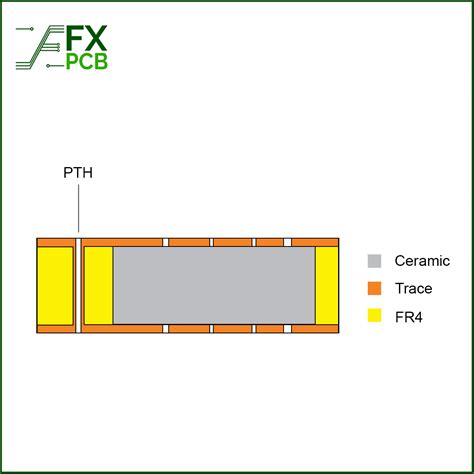
Global FR4 Market Trends and Key Players
The global FR4 market continues to evolve as demand for high-performance circuit boards grows across industries like telecommunications, automotive, and consumer electronics. Asia-Pacific dominates PCB manufacturing, with China, Taiwan, and South Korea housing over 60% of the world’s PCB manufacturing companies. These regions benefit from streamlined supply chains and economies of scale, directly impacting PCB manufacturing cost for buyers sourcing FR4 materials. Leading suppliers like Isola Group, Shengyi Technology, and Nan Ya Plastics are investing in advanced formulations to enhance thermal stability and reduce signal loss, catering to 5G and IoT applications.
North America and Europe prioritize sustainability, driving innovations in halogen-free FR4 variants to meet stringent environmental regulations. Meanwhile, emerging markets in Southeast Asia are gaining traction as cost-effective hubs for PCB manufacturing business, offering competitive pricing for mid-layer count boards. Key trends include the shift toward ultra-thin multilayer designs and the integration of hybrid materials to balance performance and affordability.
When evaluating FR4 suppliers, consider their alignment with these regional trends—whether you prioritize cutting-edge R&D, cost efficiency, or compliance certifications. Understanding these dynamics ensures you select partners capable of scaling production while maintaining quality standards critical for high-frequency or high-temperature applications.
Certifications for Flame-Rardant PCB Materials
When evaluating PCB manufacturing companies for flame-retardant materials like FR4, certifications act as critical indicators of quality and compliance. Underwriters Laboratories (UL) 94 is the gold standard, classifying materials based on flammability resistance—a non-negotiable for high-reliability applications. Suppliers adhering to RoHS and REACH directives ensure environmental safety, while IPC-4101 certification guarantees consistency in laminate properties, directly impacting PCB manufacturing cost and long-term performance.
For businesses prioritizing safety, IEC 61249-2-21 specifies halogen-free requirements, reducing toxic emissions during production. These certifications not only align with global regulations but also signal a supplier’s commitment to minimizing risks in your PCB manufacturing business. When sourcing, verify if manufacturers hold ISO 9001 for quality management or AS9100 for aerospace-grade reliability—key markers for industries demanding zero-defect materials.
While certifications add upfront costs, they mitigate long-term expenses linked to recalls or compliance penalties. Always cross-reference claims with third-party validation to ensure your chosen PCB manufacturing partner meets both technical and regulatory benchmarks seamlessly.
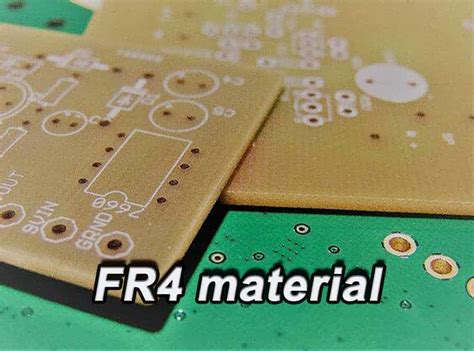
Comparing FR4 with Alternative Dielectric Substrates
When selecting materials for PCB manufacturing, understanding how FR4 stacks up against alternative dielectric substrates is critical. While FR4 remains the industry standard due to its cost-effectiveness, flame resistance, and mechanical stability, materials like Rogers laminates, PTFE (Teflon), and polyimide offer specialized advantages. For high-frequency applications, Rogers substrates provide lower signal loss, making them ideal for RF and microwave circuits. PTFE-based materials excel in extreme thermal environments but often come at a higher PCB manufacturing cost, which may not align with budget-driven projects.
For flexible or rigid-flex designs, polyimide substrates are preferred, though their moisture absorption rates can complicate long-term reliability. In contrast, FR4 balances performance and affordability, which is why most PCB manufacturing companies default to it for standard multilayer boards. However, if your application demands ultra-low dielectric constants or enhanced thermal conductivity, exploring alternatives becomes necessary.
When optimizing your PCB manufacturing business, weigh factors like operating frequency, thermal cycling requirements, and budget constraints. While FR4 dominates general-purpose boards, niche applications often justify the premium for specialized substrates. Transitioning between materials requires recalibrating fabrication processes, so collaborate closely with suppliers to ensure compatibility with existing workflows.
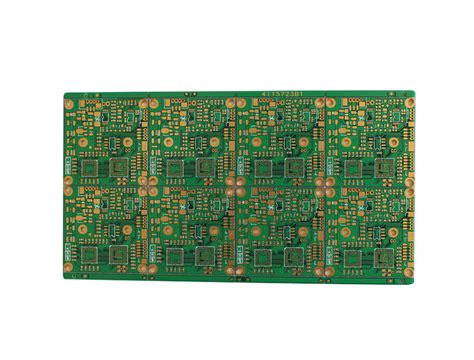
Custom FR4 Solutions for High-Performance Boards
When sourcing FR4 materials for specialized applications, working with PCB manufacturing companies that offer tailored solutions ensures your boards meet exact performance thresholds. Customization often involves adjusting glass transition temperatures (Tg), dielectric constants, or copper foil thickness to align with specific thermal, electrical, or mechanical demands. For instance, high-frequency applications may require low-loss FR4 variants, while industrial systems might prioritize flame-retardant grades with enhanced thermal stability.
Leading PCB manufacturing partners provide prototyping services to validate material behavior under real-world conditions, minimizing PCB manufacturing cost overruns caused by design revisions. By collaborating early in the design phase, you can optimize layer stack-ups, impedance control, and surface finishes—critical factors for high-density interconnect (HDI) or multilayer boards.
To streamline your PCB manufacturing business, prioritize suppliers offering flexible order quantities and rapid turnaround times. Advanced vendors leverage automated testing and CNC machining to maintain precision across custom orders, ensuring compliance with IPC-4101 or UL 94 V-0 certifications. This approach not only accelerates time-to-market but also future-proofs your designs against evolving industry standards.
Efficient Sourcing Strategies for FR4 Manufacturers
When developing partnerships with FR4 manufacturers, prioritizing technical expertise and supply chain transparency ensures you secure materials that meet high-performance demands. Start by evaluating PCB manufacturing companies based on their ability to handle specific FR4 grades, layer counts (e.g., 2-32 layers), and compliance with certifications like UL 94 or RoHS. Geographic proximity can reduce lead times, but global suppliers often offer competitive PCB manufacturing cost structures—balance logistics and quality to optimize budgets.
Leverage digital procurement platforms to compare real-time pricing and material specifications, ensuring alignment with your PCB manufacturing business goals. Request samples to verify thermal stability (e.g., Tg 130°C–180°C) and dielectric strength (≥20 kV/mm) before bulk orders. For complex projects, collaborate with suppliers offering DFM (Design for Manufacturing) support to minimize waste and rework.
Finally, establish long-term agreements with clauses for volume discounts or just-in-time delivery to stabilize costs. Monitor market trends like rising copper-clad laminate prices (up 8-12% YoY) to anticipate fluctuations. By aligning sourcing strategies with technical requirements and economic factors, you maintain agility in a competitive PCB manufacturing landscape.
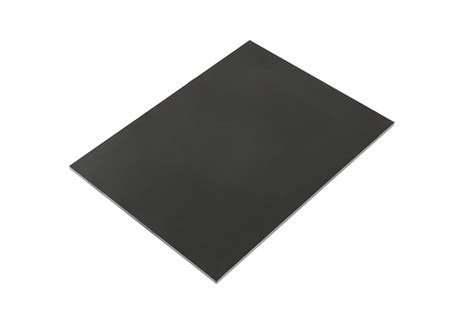
Future Innovations in FR4 Circuit Board Technology
As PCB manufacturing evolves, FR4 technology is poised to address emerging demands for higher performance and sustainability. Innovations focus on enhancing thermal stability and signal integrity while maintaining the material’s inherent flame-retardant properties. Advanced PCB manufacturing companies are experimenting with nanotechnology to embed conductive particles within FR4 substrates, reducing signal loss in high-frequency applications. This could lower PCB manufacturing cost by minimizing the need for additional shielding layers.
Another critical area is eco-friendly formulations. Suppliers are developing halogen-free FR4 variants to meet stricter environmental regulations, ensuring compatibility with green PCB manufacturing business practices. These materials retain mechanical strength while reducing hazardous byproducts during production.
Looking ahead, hybrid FR4 composites combining epoxy resins with ceramic or polyimide additives could enable ultra-thin, multi-layer designs for compact IoT devices. Such advancements align with the growing need for lightweight, high-density boards in 5G and automotive systems. Meanwhile, AI-driven quality control systems are being integrated into production lines to optimize material usage and reduce waste—key factors for balancing performance and PCB manufacturing cost.
To stay competitive, prioritize suppliers investing in R&D for these next-gen FR4 solutions, ensuring your projects leverage cutting-edge dielectric performance without compromising reliability.
Conclusion
When navigating the complexities of PCB manufacturing, selecting the right FR4 supplier becomes pivotal to balancing performance, reliability, and PCB manufacturing cost. Leading PCB manufacturing companies prioritize partnerships with certified FR4 manufacturers that offer flame-retardant compliance and tailored layer configurations, ensuring boards meet stringent industry standards. By aligning supplier capabilities with your project’s technical demands—whether for high-layer-count designs or specialized dielectric properties—you streamline production timelines and mitigate risks in the PCB manufacturing business.
As innovations in high-frequency materials and sustainable substrates reshape the market, staying informed about global FR4 trends helps future-proof your sourcing strategy. Evaluate suppliers not just on pricing but on their ability to adapt to evolving technologies, such as hybrid materials or advanced thermal management solutions. This proactive approach ensures your PCB manufacturing operations remain competitive while maintaining supply chain resilience in a dynamic electronics landscape.
FAQs
How do certifications impact your choice of FR4 suppliers?
When evaluating PCB manufacturing companies, always verify UL 94 (flammability rating) and RoHS compliance certifications. These ensure materials meet safety and environmental standards critical for high-performance boards.
What factors influence PCB manufacturing costs for FR4-based projects?
Costs depend on board thickness, copper weight, and layer count. Suppliers offering precision etching and low-defect rates often optimize PCB manufacturing cost while maintaining quality.
Can FR4 suppliers accommodate custom layer configurations?
Top-tier manufacturers support 4-32 layer designs, with specialized capabilities like blind/buried vias. Confirm their PCB manufacturing capacity aligns with your project’s complexity.
How does FR4 compare to alternative substrates in high-frequency applications?
While FR4 excels in cost-effectiveness and mechanical stability, PTFE-based materials may suit ultra-high-frequency needs. Discuss application specifics with suppliers to balance performance and PCB manufacturing business budgets.
Why prioritize flame-retardant properties in FR4 materials?
Self-extinguishing epoxy resins reduce fire risks in electronic assemblies, making them indispensable for automotive and aerospace applications. Ensure suppliers provide certification documentation for compliance audits.
Ready to Streamline Your PCB Sourcing?
For tailored FR4 solutions that align with your PCB manufacturing requirements, please click here to connect with certified experts.


